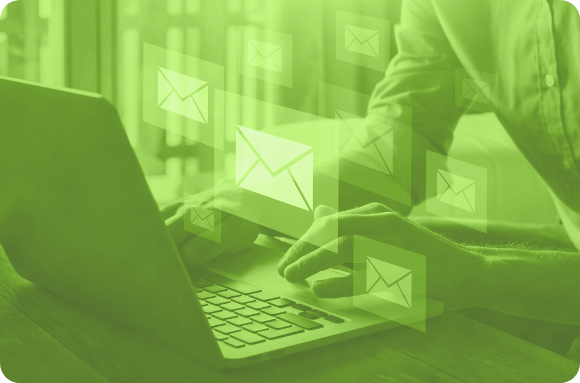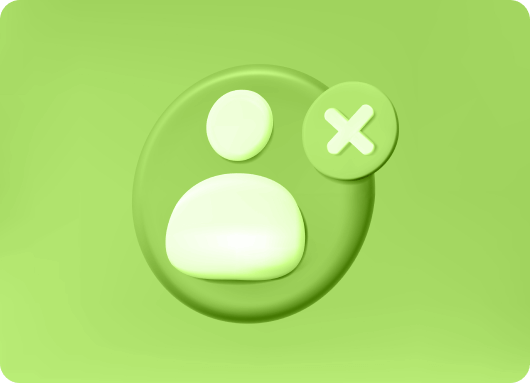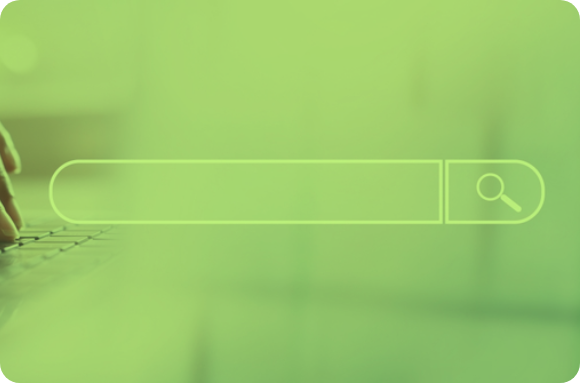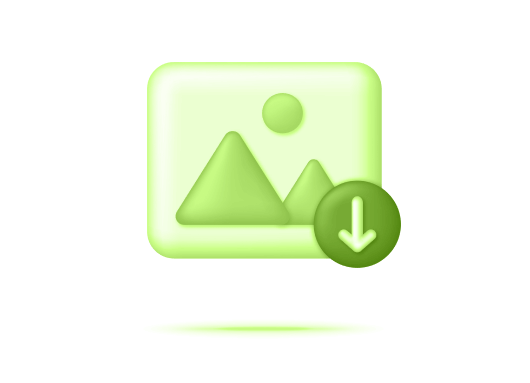In the fast-paced digital world, LinkedIn has become a go-to platform for professionals to connect, collaborate, and grow their networks. Yet, with over 950 million users worldwide, it’s no surprise that inboxes are overflowing with messages that often go unanswered. The key to standing out isn’t sending more messages, it’s sending better ones.
Crafting LinkedIn messages that get replies requires a mix of strategy, authenticity, and value. People respond to messages that feel personal, relevant, and considerate of their time. So, how can you write LinkedIn messages that get noticed and, more importantly, spark a response? Here are nine actionable tips to help you master the art of LinkedIn messaging.
1. Start with a Strong First Impression
Your opening line sets the tone for the entire message. A generic “Hi, I’d like to connect” is far less likely to get a response than a tailored and engaging introduction. Start by addressing the recipient by name and referencing something specific about them, such as their role, achievements, or recent activity on LinkedIn.
For example: "Hi [Name], I noticed your recent post about sustainable business practices—it was insightful, especially your take on reducing waste in supply chains."
A strong opening shows that you’ve done your homework and immediately signals that your message is personalized, not mass-sent.
Before sending your next message, take a moment to review the recipient’s profile or recent activity. Need help segmenting your connections? Explore network segmentation tools to stay organized.
2. Keep It Short and to the Point
People on LinkedIn are busy, and long, rambling messages are likely to be ignored. Aim to keep your message concise—around 2-3 short paragraphs or fewer than 150 words. Focus on clarity and relevance.
How to do it:
-
State why you’re reaching out within the first two sentences.
-
Avoid unnecessary details or jargon.
-
Make it easy for the recipient to understand your intent right away.
Example: "Hi [Name], I saw your post about expanding into digital marketing. I specialize in tools that streamline campaign management. Would you be open to a quick chat to discuss strategies?"
Practice brevity in your messages and analyze their performance with LinkedIn analytics.
3. Personalize Your Message
Generic messages are easy to spot and even easier to ignore. Personalization is crucial if you want your LinkedIn message to stand out. Go beyond using the recipient’s name—reference something unique about their work, company, or recent activity on LinkedIn.
For example: Instead of: "Hi [Name], I’d like to connect with you to discuss potential opportunities."
Try: "Hi [Name], I see that you’ve been leading [Company] through impressive growth over the past year. I’d love to learn more about your approach to scaling in [specific industry]."
Take five minutes to research your recipient before reaching out. Streamline this process with contact enrichment tools.
4. Highlight Value for the Recipient
One of the biggest mistakes in LinkedIn messaging is focusing too much on yourself or your pitch. Instead, shift the focus to the recipient by explaining how connecting with you could benefit them.
Ask yourself:
-
What problem can you help them solve?
-
What value can you provide?
-
How does your message align with their goals or interests?
Example: "Hi [Name], I noticed that your team is expanding into digital marketing. I specialize in tools that can streamline campaign management and boost ROI—would you be open to a quick chat about strategies that might help?"
Focus on value-driven messaging. Learn how to align your goals with your audience’s needs by reading this guide.
5. Be Authentic and Human
Nobody likes overly formal or robotic messages. Write in a conversational tone that feels genuine and approachable. Avoid sounding overly rehearsed or “sales-y.”
Here’s an example: "Hi [Name], I came across your profile while researching leaders in [industry]. I’m really impressed with your experience, and I’d love to connect to share ideas and learn more about your perspective on [topic]."
Revisit your tone and ensure it’s warm and authentic. Not sure where to start? Explore the benefits of a smart inbox for managing conversations.
6. Use a Call-to-Action (CTA)
End your message with a clear and simple call-to-action that guides the recipient on what to do next. Vague or open-ended messages often lead to no response at all.
Examples of effective CTAs:
-
“Would you be open to a 15-minute call next week?”
-
“Let me know if you’d like me to share more details.”
-
“Can I send you a quick link to the resource I mentioned?”
Include a direct and actionable next step in every message. Need inspiration? Check out this blog on building a sales pipeline on LinkedIn.
7. Engage with Their Content First
Before sending a message, engage with the recipient’s content to build familiarity. Commenting on their posts, liking their updates, or sharing their articles shows genuine interest and can help your name stand out in their inbox.
For example:
-
Leave thoughtful comments on their LinkedIn posts.
-
Mention them in a relevant conversation if appropriate.
-
React to their professional achievements or milestones.
Spend five minutes engaging with your recipient’s recent posts. Discover more ways to nurture connections.
8. Leverage LinkedIn Features to Add Depth
LinkedIn offers various features that can help enhance your messaging strategy, such as:
-
Voice Notes: Use LinkedIn’s voice message feature for a more personal touch. Hearing your voice can help you stand out and build trust.
-
Attachments: Share a relevant article, case study, or document to add value to your message.
-
InMail Analytics: For premium users, track your messages to see who’s opening and engaging with them.
Additionally, tools like LiProspect can assist in streamlining your LinkedIn outreach. By automating certain tasks while maintaining the personal touch, LiProspect helps you craft tailored messages at scale, saving time while enhancing effectiveness.
9. Follow Up
Not every message will get an immediate reply, and that’s okay. Following up politely shows persistence and ensures your message doesn’t get buried.
When following up:
-
Wait at least 4-7 days after your initial message.
-
Keep it brief and avoid repeating the same points.
-
Reference your previous message and reiterate the value you’re offering.
Example: "Hi [Name], I wanted to follow up on my last message. I know things can get busy, but I’d love to connect when you have a moment. Let me know if there’s a better time to reach out!"
Schedule consistent follow-ups to keep the conversation alive. Need tools for tracking your follow-ups? Check out LinkedIn strategies.
Frequently Asked Questions
-
What makes LinkedIn messages stand out in a crowded inbox?
Personalization and relevance are key. Tailored messages that reference the recipient's work, achievements, or interests show effort and make your message feel authentic and valuable. -
How long should a LinkedIn message ideally be?
Keep your message concise with 2-3 short paragraphs or under 150 words. Focus on clarity and get straight to the point. -
Why is engaging with someone’s content before messaging important?
Engaging with their content—liking posts, commenting, or sharing—builds familiarity and increases the likelihood of your message being noticed and appreciated. -
What should I include in a LinkedIn message to increase the chances of a response?
Start with a personalized opening, highlight the value for the recipient, and end with a clear call-to-action. Avoid being overly formal or sales-focused. -
How often should I follow up on a LinkedIn message?
Wait 4-7 days before sending a follow-up. Keep it brief, polite, and reference your initial message to maintain context without being repetitive.
Conclusion
Writing LinkedIn messages that get replies isn’t about sending more—it’s about sending smarter. By focusing on personalization, brevity, authenticity, and value, you can craft messages that resonate with your audience and encourage meaningful responses.
Whether you’re reaching out to expand your network, collaborate on projects, or explore new opportunities, these nine tips will help you stand out in the crowded world of LinkedIn messaging. Remember, the key to success is genuine connection—so start implementing these strategies today and watch your response rates.
Ready to simplify your LinkedIn messaging? Tools like LiProspect help you automate and personalize your efforts with ease. Try it free today and turn your LinkedIn messages into success stories with these 9 tips for getting replies.








